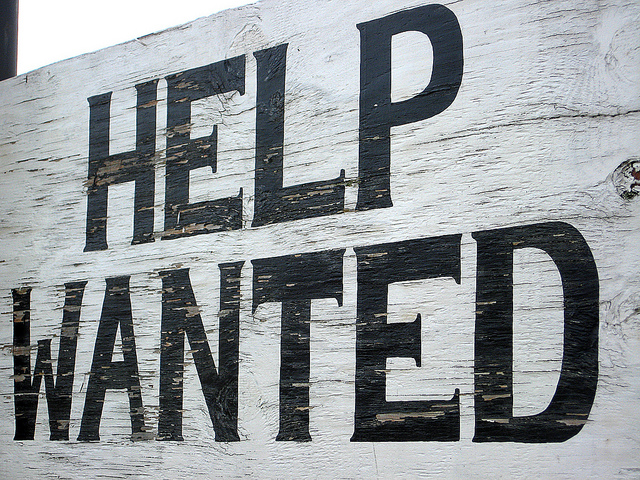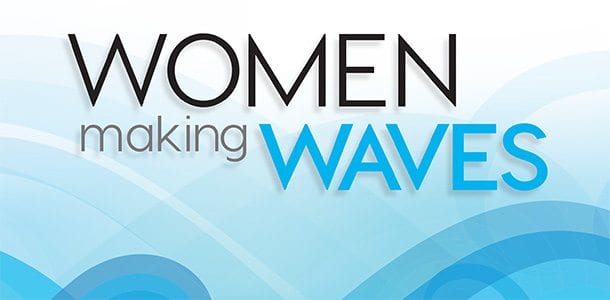Economic Snapshot: Another month of employment stagnation

The unemployment rate has barely moved since August 2015 and the number of job openings dropped after the last business day in August.
Employment situation
Total nonfarm payroll employment increased by 156,000 in September. The unemployment rate and the number of unemployed persons were little changed, at 5.0 percent and 7.9 million persons, respectively. Both measures have shown little movement, on net, since August 2015.
The number of long-term unemployed was essentially unchanged at 2.0 million and accounted for 24.9 percent of the unemployed. The number of persons employed part time for economic reasons was little changed at 5.9 million.
In September, 1.8 million persons were marginally attached to the labor force, about unchanged from the previous year. Among the marginally attached, there were 553,000 discouraged workers in September, little changed from September 2015.
JOLTS
The number of job openings decreased by 388,000 to 5.4 million on the last business day of August, according to the U.S. Bureau of Labor Statistics. The job openings rate was 3.6 percent in August. The number of job openings decreased over the month for total private and government. In the regions, job openings decreased in the South and Midwest.
The number of hires was 5.2 million in August, little changed from July, and the hires rate was 3.6 percent.
There were 5.0 million total separations in August, little changed from July, and the separations rate was 3.4 percent. Among separations, there were 3.0 million quits in August and the quits rate was 3.4 percent, essentially unchanged from last month.
NFIB small business optimism
The NFIB Index of Small Business Optimism dipped 0.03 points to 94.1 in September. Six of the 10 indeces dropped; however, the net percent of owners who expect better business conditions in the next six months jumped 12 points.
“We improved from awful to bad,” said Juanita Duggan, NFIB President and CEO. “The bottom line is that small business owners are deeply uncertain about the future, and that is affecting their decisions.”
Fifty-eight percent of owners reported hiring or trying to hire, up 2 points, but 48 percent reported few or no qualified applicants for the positions they were trying to fill. Seventeen percent of owned cited the difficult of finding qualified workers as their Single Most Important Business Problem. This issue ranks second behind taxes and is tied with the cost of regulation and red tape.
Twenty-four percent of owners reported job openings they could not fill in the current period, down 6 points from August when it reached the highest for this recovery. A seasonally adjusted net 10 percent of owners plan to create new jobs, up 1 point from August.
According to NFIB Chief Economist Bill Dunkelberg, small business owners won’t be hiring or building inventories – both of which signify confidence in the economy – until something changes in Washington.
“It is quite clear that the top issues for small-business owners will not be addressed this year,” said Dunkelberg. “The presidential election is so divisive that it offers little promise of a bipartisan effort to deal with any of these important issues.”




